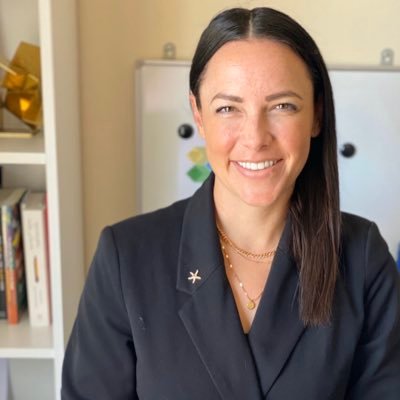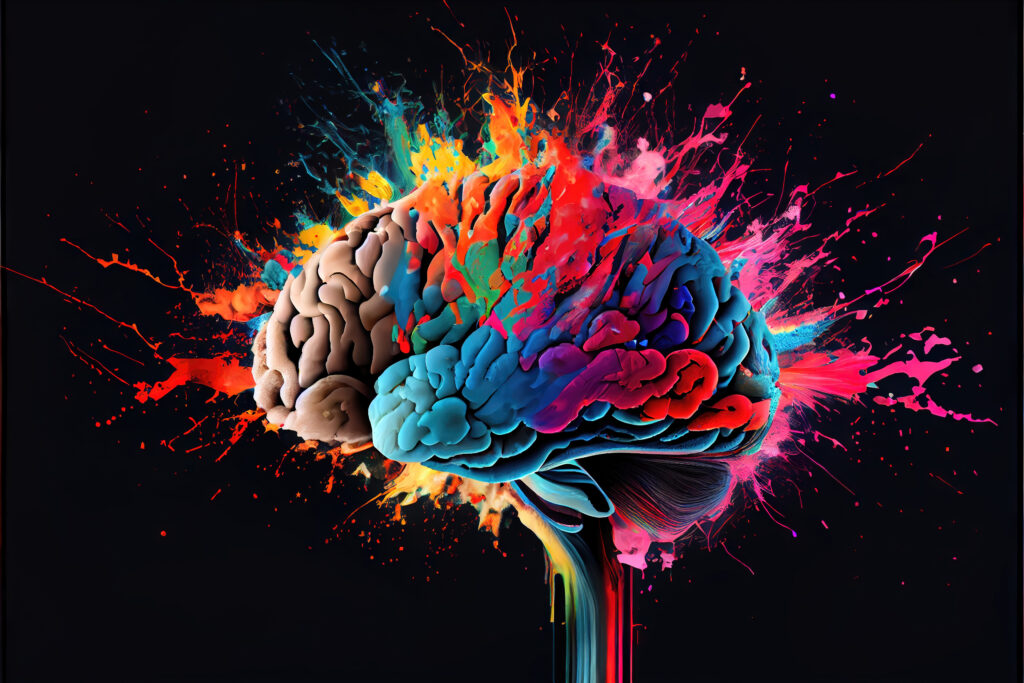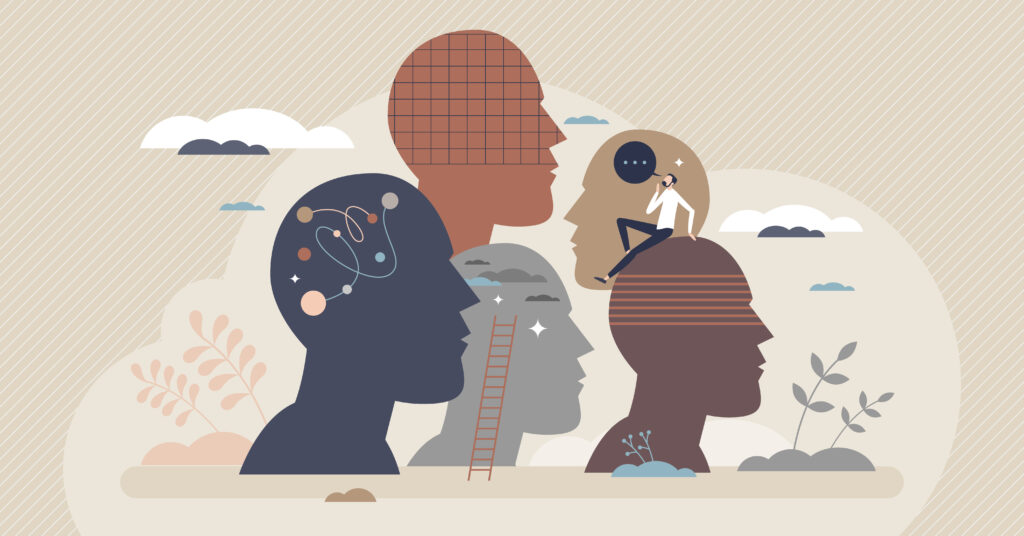
In the blockbuster The Imitation Game, Alan Turing is stigmatized as arrogant and apathetic. In a classroom, children labeled with these characteristics are less likely to be authentically engaged. Their education and career opportunities become limited as a result. However, when we shift our mindsets and frame those characteristics as self-aware and passionate (for Turing, this passion was computer science), we empower neurodiverse learners to imagine and create in ways that have never been accomplished before. According to Lopez (2017, as cited in Truong, 2020), diversity can disrupt the narratives that stigmatize neurodiverse students as unqualified or lacking valuable knowledge.


While diversity is the range of human differences that work together to inform how students (and teachers and everyone else) encounter the world, neurodiversity is a term coined by sociologist Judy Singer. It refers to the variation in the human brain regarding sociability, learning, attention, mood, and other mental functions in a non-pathological sense. It rejects the idea that autistic people are disabled and promotes inclusion and diversity in all spaces, including the classroom.
Use the five strategies below to cultivate a culture of diversity and inclusion that will benefit all learners.
1. Prioritize Relationships
Each student who walks into your classroom is unique. Take the time to learn about your students and their families. What are their interests? How do they communicate? What languages do they speak? Do they get along with their peers? What has their school experience been like up to this point? Prioritize time to meet with each of your learners 1:1 to ask questions and give them a chance to get to know you. Consider hosting “lunch with the teacher” events and following up on the conversations you have with learners. Leverage picture cards (using clip art or photos) to provide a variety of access points into your discussion for both verbal and nonverbal students. Explore the tool Designing Equitable Learning Environments: Getting to Know Your Class, for more considerations and strategies. IDE’s problem-based learning task Telling Our Story encourages students to share about themselves through writing, drawing, and collaboration. The products could be hung in the halls or presented in a digital exhibition, using an app such as artsteps.
2. Diversify and Elevate Your Curriculum and Teaching Materials
Who is represented in your classroom? Whose voices are the loudest? Your materials should include a wide range of images, perspectives, and experiences, including those from neurodiverse children and adults. Are any autistic authors or characters represented in your class library? Do you share their stories during instruction? Promote discussions and activities that encourage students to explore narratives different from their own. Consider all the assets that your individual learners bring to the classroom, and celebrate them! Use the tool Facets Are Assets to help you reflect on student experiences as assets that can be leveraged and shared in your learning environment.
3. Partner with Parents and the Community
Be intentional about calling home in the first few weeks of school with a positive message about each of your new learners. Most parents receive their first phone call from the teacher when their child misbehaves or there’s an academic concern. Lay the foundation for a strong partnership with parents and caregivers by building trust and community, recognizing and advocating for student strengths. Share this Parent/Guardian Executive Function Survey to open dialogue and build common language around goal-setting for the year ahead. Reach out to community members and leaders. Bring their perspectives into your classroom as experts in their field, professionals, or activists willing to share with your class. Other opportunities for partnering with parents and the community can include service learning projects for your class that connect with community goals, sending out a weekly or monthly newsletter that shares all the goings-on in your classroom and opportunities for involvement, and hosting a family night to get to know families while providing them with information about your class.
4. Support Diverse Learning Needs
Facilitate an equitable and accessible learning environment that values the unique learning styles and strengths of each individual by offering multiple ways for learners to learn—offer choices to increase engagement and purposefully work to build executive function skills in all learners. Use problem-based learning to promote collaboration and increase opportunities for small-group and partner work that will help you individualize instruction even further. Rather than leading a whole-class lesson to teach a new skill or concept to students, craft a variety of learning activities to maximize engagement and understanding. Differentiated Activity Lists encourage self-advocacy and autonomy while students tackle learning activities that align with their individual goals and needs. As students work through these activities, you can support students with significant needs individually or in small groups through direct instruction, strategic questioning, activating background knowledge, or deeper analysis of concepts. Intentionally designed activity lists promote structure and routine while providing choices for why or how a particular topic or skill is learned.
5. Recognize Differences and Disabilities
Celebrating differences is essential for helping students develop 21st-century skills. However, we must also consider the role an identified disability plays in providing critical support and services to learners that need them. Acknowledging disabilities makes it less likely that students with learning differences will be overlooked. We must recognize challenges as a capacity rather than a deficit. As facilitators of learning, one of our goals should be to reduce any barriers that block a student’s path to learning. However, asking for and receiving help is good for all of us. Differences and disabilities can empower students to chart their own course toward autonomy, progress, and achievement.
The concept of identity goes far beyond any single characteristic. Alan Turing was self-aware and stubborn, brilliant and obsessive, repetitive and meticulous, cheerful and confident. It was this variability that led him to become the father of theoretical computer science and artificial intelligence. He challenged us all as human beings and innovators when he said, “We can only see a short distance ahead, but we can see plenty there that needs to be done.” Alan Turing’s contributions to society are a testament to the potential of neurodiverse individuals. By using the strategies above to embrace learner variability, we can break down the stigmas and systemic barriers that have historically excluded neurodivergent individuals from educational and career opportunities, creating a more equitable and just society for all.

For More:
Join a Virtual Learning Community on executive function, designing differentiated activity lists, equity, or other related topics: www.edquiddity.com/VLC
Enroll your school or district in an online, on-demand, Professional Learning Experience (PLE) in executive function, designing differentiated activity lists, equity, or other related topics: learn.edquiddity.com
